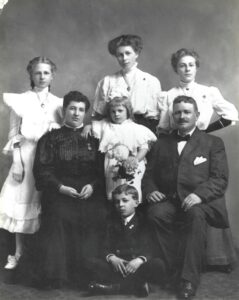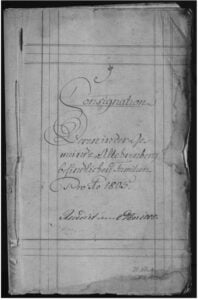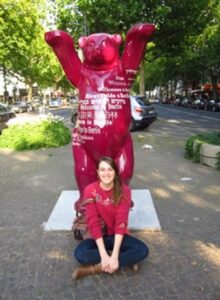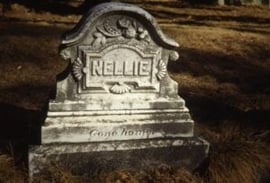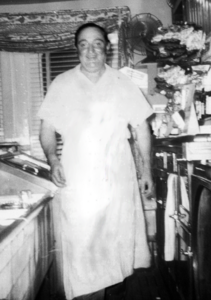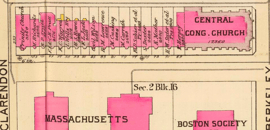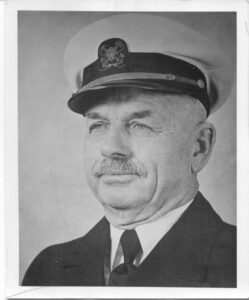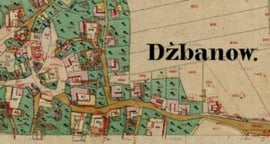In the course of their research, genealogists often need to identify an ancestor’s origins before they arrived in the United States. There are many types of records that can be used for this research, with varying degrees of usefulness. Naturalization records are an..
Continue readingDoes anyone remember word clouds? Word clouds—also known as tag clouds—were popular from mid-2000s to around the early 2010s. (At least, I remember them being heavily featured in a “History and New Media” class I took in college.) They are visual representations of..
Continue reading →As family historians, we often feel inexplicably drawn to certain ancestors in our family trees. Sometimes it’s clear why we are drawn to a particular individual—other times, it’s harder to say...
Continue reading →Two years ago, I wrote about my success using Bohemian church books to further my research into my grandfather’s Czech ancestry. Church records are key for Czech/Bohemian research, as is true for genealogical research in many European countries. However, they are not..
Continue reading →Like most genealogists, I have a few brick walls in my family tree. I’m resigned to living with some of these mysteries after fifteen pretty solid years of work. One brick wall is a great-grandfather who..
Continue reading →As a genealogist, I often get questions from..
Continue reading →I love learning about the history of food. Just as genealogy does, learning about the evolution of food and food culture feeds my desire to fully understand how the people who came before us lived on a day-to-day basis. Recently, I did a..
Continue reading →Today, the NEHGS headquarters at 99—101 Newbury Street stands eight stories tall, several stories higher than the neighboring buildings. However, the present building at 99—101 Newbury was not always the tallest on the block. It began as a three-story bank building.
..
Continue reading →My great-grandfather was born in Wisconsin in 1901, just about a year after his parents and older sisters immigrated from Norway. His father, a sailor who was once "honored by the King of Norway," settled the family..
Continue reading →A few years ago, I stumbled on an amazing resource: the Zamrsk Regional Archive in the Czech Republic. This archive, which manages records from the region of Eastern Bohemia, has been working on digitizing all of..
Continue reading →

